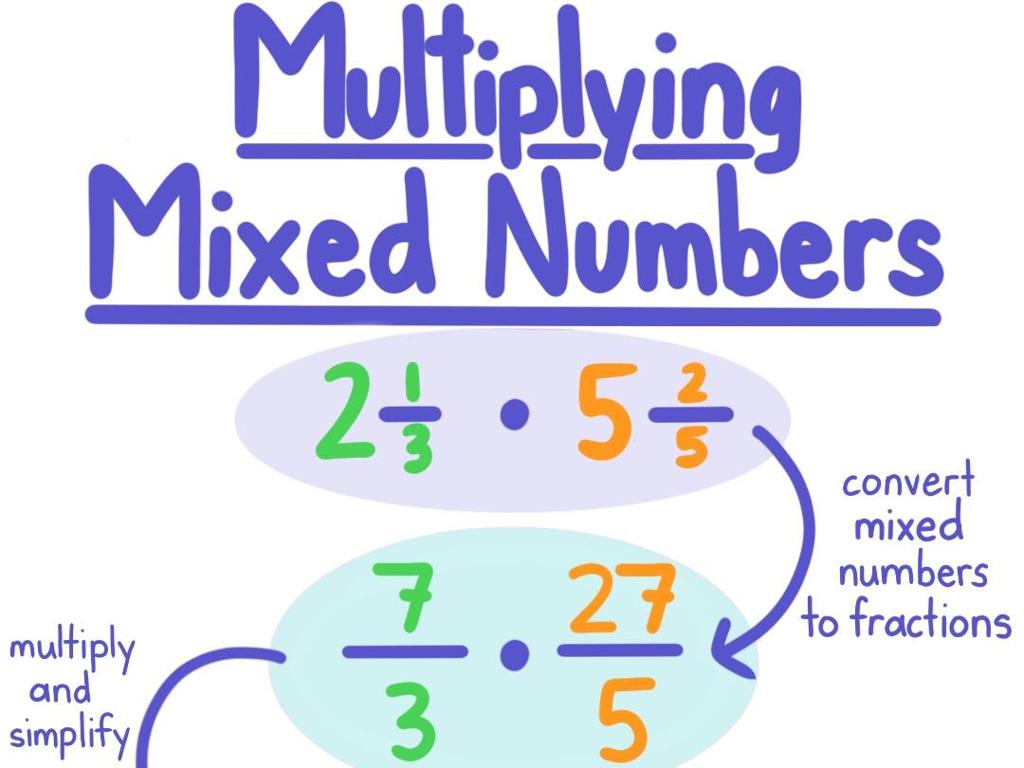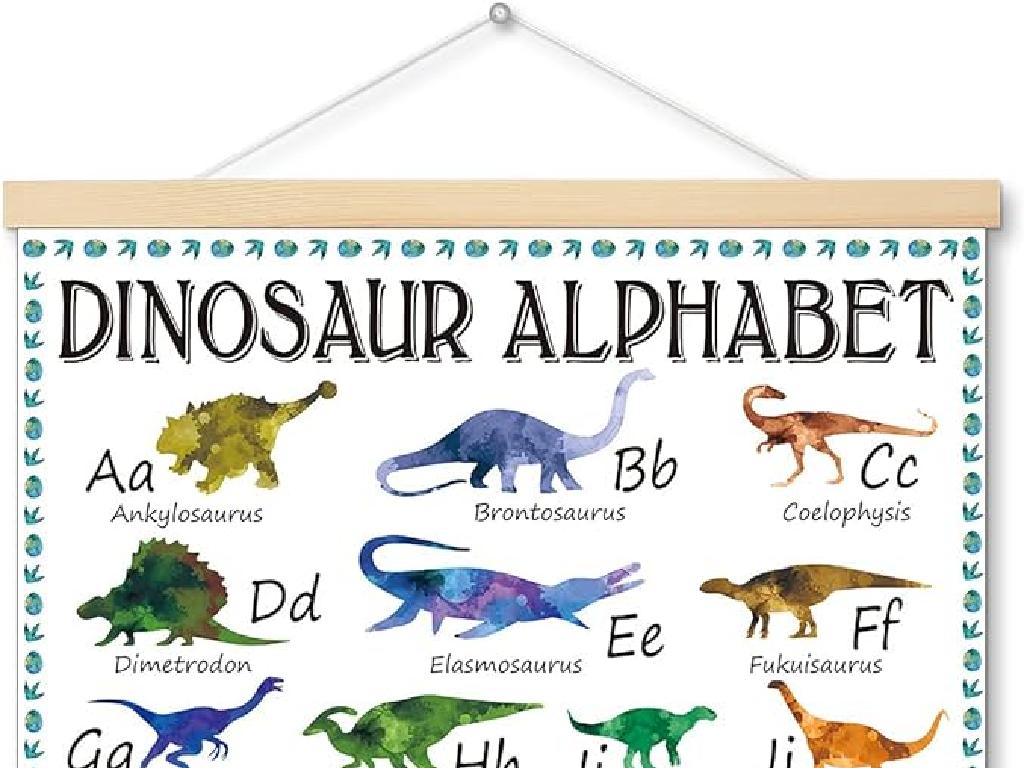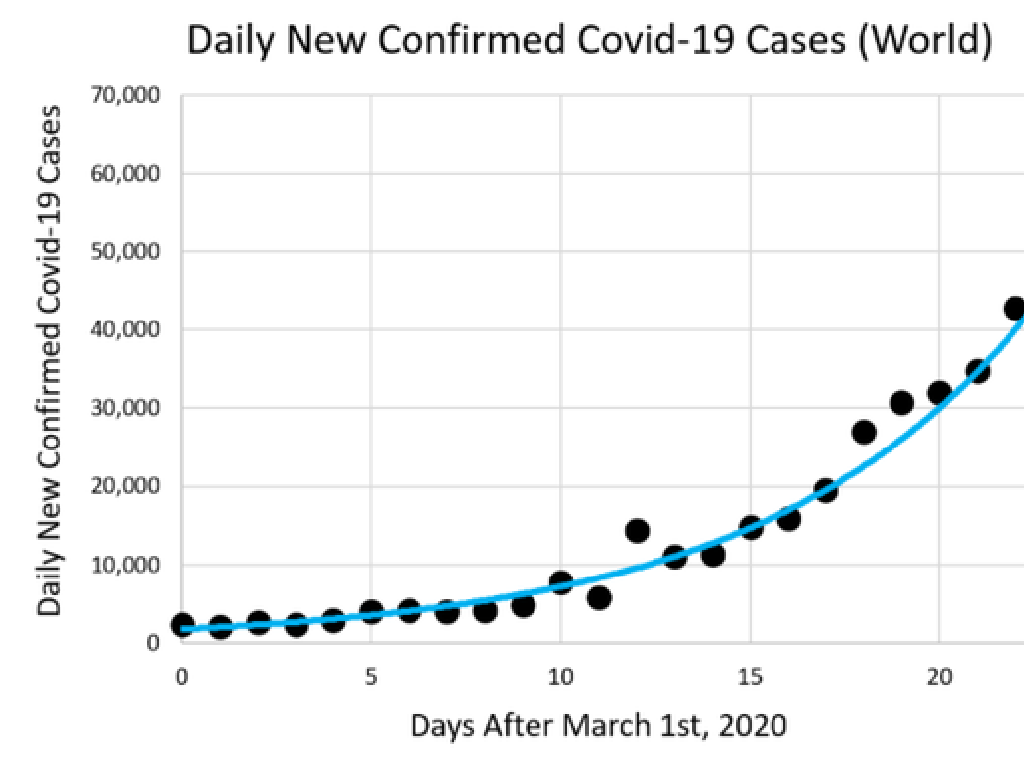World War I: The Road To War
Subject: Social studies
Grade: Fourth grade
Topic: 20Th Century American History
Please LOG IN to download the presentation. Access is available to registered users only.
View More Content
The Road to World War I: A Historical Journey
– Exploring 20th Century American History
– Adventure into World War I origins
– How did the war start? What were the main causes?
– Learning from the past for our future
– Understanding history helps us make better choices today.
– Reflecting on our World War I knowledge
– Think about what you’ve learned so far about WWI.
|
This slide is designed to spark curiosity and set the stage for a lesson on the events leading up to World War I. Begin by reviewing what the students may already know about the war, which could include when it happened, who was involved, and any major events they remember. Emphasize the importance of learning history to understand the present and shape the future. Encourage students to think critically about the causes of the war and how those events still impact the world today. This discussion will help them connect with the material on a personal level and see the relevance of historical events in their own lives.
Understanding World War I
– What was World War I?
– A major global conflict centered in Europe
– When did the war take place?
– It lasted from 1914 to 1918, over four years
– Other names for World War I
– It’s also called the Great War
– The scale of World War I
– It involved many countries around the world
|
This slide introduces students to the basics of World War I, setting the stage for understanding its significance in 20th century history. It’s important to convey the global impact of the war and its duration, which affected many generations. The term ‘Great War’ reflects the unprecedented scale of the conflict at the time. Encourage students to think about the length of the war in terms of their own lives four years is a long time for them, which can help them grasp the prolonged nature of the conflict. This slide should serve as a foundation for further discussion on the causes and consequences of World War I.
The Main Causes of World War I
– Understanding M.A.I.N causes
– Militarism, Alliances, Imperialism, Nationalism explained
– Linking causes to the war’s start
– How M.A.I.N led countries into conflict
– Example: The great arms race
– Countries built up their militaries, competing with each other
– Example: Formation of alliances
– Countries made agreements to protect each other
|
This slide introduces students to the acronym M.A.I.N, which stands for Militarism, Alliances, Imperialism, and Nationalism, the four main causes of World War I. Explain each term in a way that’s understandable for fourth graders, using simple language and relatable examples. For instance, militarism can be compared to a schoolyard where everyone wants to be the strongest, and alliances are like friendship pacts where friends agree to stand up for each other. Provide historical examples such as the arms race, where countries competed to have the biggest and best weapons, and the formation of alliances, which were like promises between countries to fight together. The goal is to help students see how these factors created a tense environment that led to the outbreak of war. Encourage students to think of questions or scenarios that relate to these causes for discussion in the next class.
The Spark That Lit the Fire: WWI
– Archduke Franz Ferdinand’s assassination
– Heir to Austro-Hungarian throne, killed in 1914
– Trigger event for World War I
– This event led countries to declare war
– Understanding a ‘tipping point’
– A ‘tipping point’ is a moment that causes big changes
– The impact on world history
|
This slide introduces the pivotal event that escalated into World War I. Archduke Franz Ferdinand, heir to the Austro-Hungarian Empire, was assassinated in 1914, which led to a chain reaction of events. It’s important to explain the concept of a ‘tipping point’ to students as a moment that causes significant change or action. In this case, the assassination was the tipping point that led to the outbreak of World War I. Discuss the idea that sometimes, one event can change the course of history. Encourage students to think of other ‘tipping points’ they may know from stories or history.
America’s Road to Involvement in WWI
– U.S. was neutral at first
– Factors leading to involvement
– Events like the sinking of Lusitania, Zimmerman Telegram influenced the decision.
– Impact of public opinion
– How people felt about the war affected the U.S. stance.
– Propaganda’s role
– Posters and newspapers shaped what people thought about the war.
|
This slide introduces students to the complex reasons behind America’s entry into World War I. Initially, the U.S. wanted to stay out of the conflict, adopting a neutral stance. However, various factors, including attacks on American ships and the Zimmerman Telegram, which proposed a military alliance between Germany and Mexico, swayed public opinion and political decision-making. Propaganda played a significant role in changing public opinion by using powerful images and messages to influence people’s thoughts and feelings about the war. Teachers should explain these concepts with age-appropriate language and examples, such as comparing propaganda to persuasive advertisements they might see today.
Life Before World War I
– Daily life in early 1900s
– People worked in farms and factories, fewer cars, no internet
– Technology before the war
– Inventions like the telephone were new, less machinery
– International relations pre-war
– Countries were friends or foes based on treaties and trade
– Changes leading to conflict
|
This slide aims to give students a glimpse into the world before the outbreak of World War I. Focus on how daily life was different, with many people working in agriculture or in growing industrial cities. Highlight the technological advancements that were considered modern at the time, such as the telephone, and compare them to today’s technology to give students perspective. Discuss how countries interacted, forming alliances and trade relationships that set the stage for later conflicts. This background sets the context for understanding the significant changes that the war brought to society, technology, and international dynamics.
Class Activity: Letters from the Past
– Imagine life in 1917 during WWI
– Write a letter to a friend
– Express your feelings about the war
– Share your concerns and hopes
|
This activity is designed to help students empathize with people living during World War I and to understand the human aspect of historical events. Provide students with background information about life in 1917, including the state of the world and America’s role in the war at that time. Encourage them to think about what daily life would be like, what they might be worried about, and what they would wish for the future. Possible activities: 1) Students can write letters in the persona of a soldier, a nurse, or a family member on the home front. 2) They can create postcards with images from the era. 3) Role-play a conversation between friends or family members from 1917. 4) Compose a diary entry instead of a letter. 5) Draw a picture to accompany their letter, depicting life during the war.





